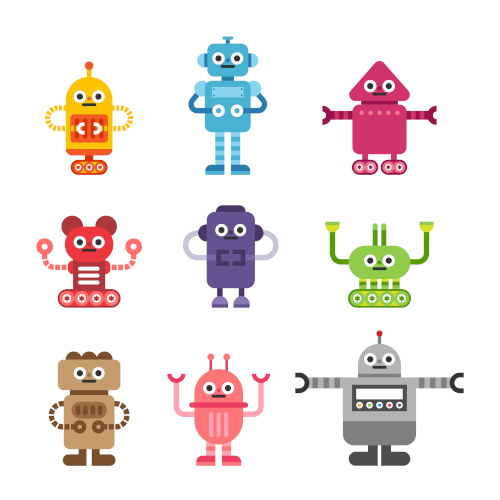If I had one teaching tool at my disposal in a classroom besides pencils, papers, and books, it would be an educational robot. A robot is the single most engaging learning tool I’ve used with students. It appeals to children of all ages, genders, and backgrounds—and it goes beyond technology to include so many learning goals. In fact, when I was at the pre-K-8 Park School, I considered it one of the most important social-emotional learning tools I’ve used.
There are so many demands on teachers’ time, especially at the beginning of a new school year, that teaching with a robot may not be on their lists of must-do activities. But robotics can be easily incorporated into instruction. As a lead makerspace educator, I’ve found that the best way to help teachers integrate robots into their lessons is to identify the skills they’re looking to teach and demonstrate how they can accomplish it with classroom robots.
As students return to the classroom after a tumultuous and traumatic year, SEL is going to be especially important. Here are a few activities that have helped the teachers in my school connect STEAM and SEL.
Using Simple Challenges to Inspire Complex Social Interactions
I’ve always found math to be a great entry point for introducing robots into early childhood classrooms. When the classroom teacher is doing measurement, we’ll bring out KIBO, a robot we use at our school, and see how far it can go in one “step,” or one forward command.
One of the things I like about this exercise is that it doesn’t require any specialized equipment aside from the robot. KIBO is screen-free, so each team of two or three students gets a robot, the three programming blocks required to accomplish their goal, and a worksheet to help keep them focused.
Credit: Source link





















